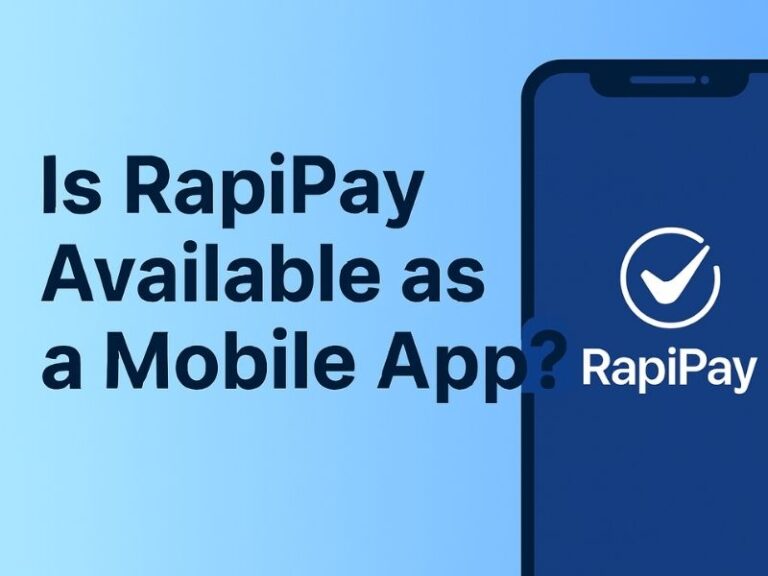Having a website is a vital tool to have for businesses due to the reliance on technology and the internet. It is the main, and typically the only, impression that your company’s potential customers will have. It is your storefront, sales pitch, and customer service desk all rolled into one, so it needs to look flawless, reflect your business and values, and work properly without a hitch. This can be an overlooked part of websites for businesses, as some create a website and think that it will bring in customers without tailoring it to website performance and user experience.
It can be disappointing when you spend a lot of time creating your website, and leads aren’t coming in. Missing out on leads is a sign of missed opportunities and potential revenue, which can lead to you thinking why this is happening. It is usually down to your website. If your website encounters even the smallest mistake or issue, you could be driving visitors away, which costs you customers. But, what are these mistakes to look out for? Explore the common website mistakes that are costing you customers to understand what you need to keep an eye on to attract visitors and convert them into customers.
Slow Load Times That Frustrate Users
Because the digital world is fast-paced, speed matters. Most users coming onto a website expect it to load within two seconds or less. This is because the internet and WIFI speeds have become so fast, there’s no need to wait anymore. If any page on your website takes longer than this, visitors are more likely to click off and find somewhere else before even seeing what you offer. This is commonly referred to as the bounce rate, which can be measured using analytics to see how many of your visitors are clicking off your site instantly.
Slow load times not only frustrate users but also negatively impact your search engine ranking. Common causes of slow-loading pages include unoptimized images, outdated code, or excessive plugins. Many of these issues are avoidable with regular performance audits and modern optimization techniques. A fast-loading website will help to improve user experience and make it possible for you to reach higher conversions.

Confusing Navigation Structures
Navigation is a very important factor of your website because it is how your users get around your site. If they can’t find what they’re looking for quickly and smoothly, then they’ll abandon your site and turn to others who offer similar products to you. Having cluttered menus, poorly labeled sections, or missing navigation links can all create friction in navigation, making it difficult to get around your site and find what they need.
A well-organized navigation system should anticipate what your visitors are looking for and guide them there effortlessly. They should be able to click through page after page seamlessly and, if you can purchase on your site, make payments with no issues. This can be achieved by clear headers, simple structure, and logical flow, which goes a long way in improving site usability and keeping users engaged.
Lack of Mobile Optimization
It is clear that most of the web traffic is coming from mobile devices these days, as they can be a quick way to search and shop. Due to this, it’s no longer an option to have a website that works for mobiles; it’s a necessity. If your website isn’t mobile-friendly and responsive, it won’t look or function well on a smaller screen. If your site doesn’t work correctly on mobiles, then it can make it hard for users to browse, click, or make purchases, which steers them away from your business.
If your website has inconsistent formatting, oversized images, and hard-to-read text, it is probably not optimal for mobile users because these are all red flags. You need to make sure that your site provides a seamless experience across devices to help you reach your full audience and prevent unnecessary drop-offs.
Confusing Copy or Jargon
All communication on your website needs to be clear to users so that they understand your business and what you offer. Using complex language or industry-specific jargon on every page will create a blockade between you and your potential customers. You may think it sounds impressive, but really it just confuses users and puts them off getting to know your business.
Use simplified language that people use every day, and if you need to use jargon, make sure you explain it clearly. All your content should understand your audience and avoid assumptions about their knowledge of your industry. Treat it like nobody knows to really keep it clear and understandable.
Weak Call-to-Actions (CTAs)
Call-to-actions are more than just buttons on a page; they’re your virtual sales reps. A well-made CTA tells users exactly what to do next, whether it’s signing up for a newsletter, requesting a quote, or completing a purchase. If your site has vague or poorly placed CTAs, this can lead to missed opportunities to convert visitors into customers. If your visitors don’t know what steps to take, they won’t take any. They will just browse your site and more than likely click off without interacting with your business or purchasing anything. Effective CTAs stand out visually. To do this, use action-oriented language and align with user intent at each stage of the customer journey.
Outdated Design and Content
The visual appeal of your website plays a huge role in how users perceive your brand. If you have an outdated or clunky website, you are signaling that your business is behind the times, even if your services are top-notch. It is important to know that design trends are constantly changing at a fast pace, so you need to keep up and stay updated. This can be done by searching your competition and looking at huge brand sites that are always changing with the times. If you fall behind or don’t refresh your site every few years, you can instantly look outdated and irrelevant. Similarly, stale or inaccurate content damages credibility. Blog posts from 2018 or broken links can make your business seem neglected. You need to be carrying out regular content updates and visual overhauls to help maintain trust and keep users engaged.
Ignoring SEO Best Practices
Search engine optimization (SEO) ensures your website gets found by the right people at the right time. Ignoring SEO means you’re missing out on valuable organic traffic that is finding your site by searching various keywords in the search engine. You need to get to grips with what your audience is searching for online. This can help you target your website to them through the use of the terms they’re searching. Doing this can help your website climb up the search engine ladder, allowing it to get on the first page if done well or even the top search spot.
Common mistakes include poor keyword usage, missing meta descriptions, and unoptimized images. Search engines favor websites that provide clear, relevant, and structured content. Overlooking this aspect of your site not only reduces your visibility but also hinders long-term growth.
Overlooking Professional Input
Sometimes, the biggest mistake is assuming you can create the perfect website all by yourself. Websites that are built without expert insight often lack cohesion, strategy, or technical experience, which can show clearly to users and can be a reason they stop interacting with your site. That’s why many businesses choose to collaborate with a professional web agency to avoid this. From design and development to content and conversion, experienced teams can help transform a basic website into a high-performing asset.
A website is never truly completed; it is a project that requires ongoing attention and refinement. These common mistakes that cost you customers often aren’t big or obvious. They are subtle areas on your site that quietly drive visitors away. By recognizing and addressing issues, you can create a more effective digital experience that engages users and drives business results.






